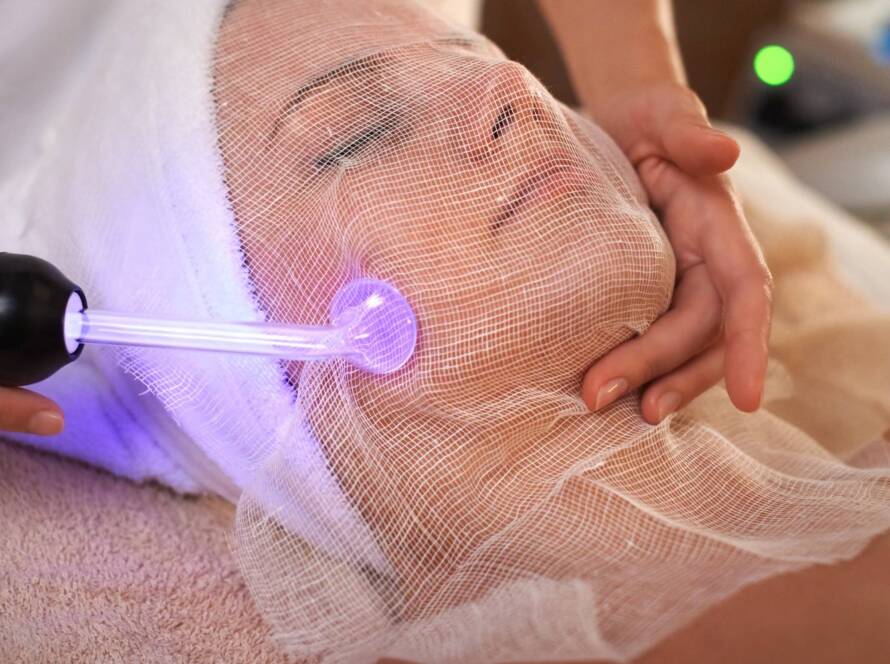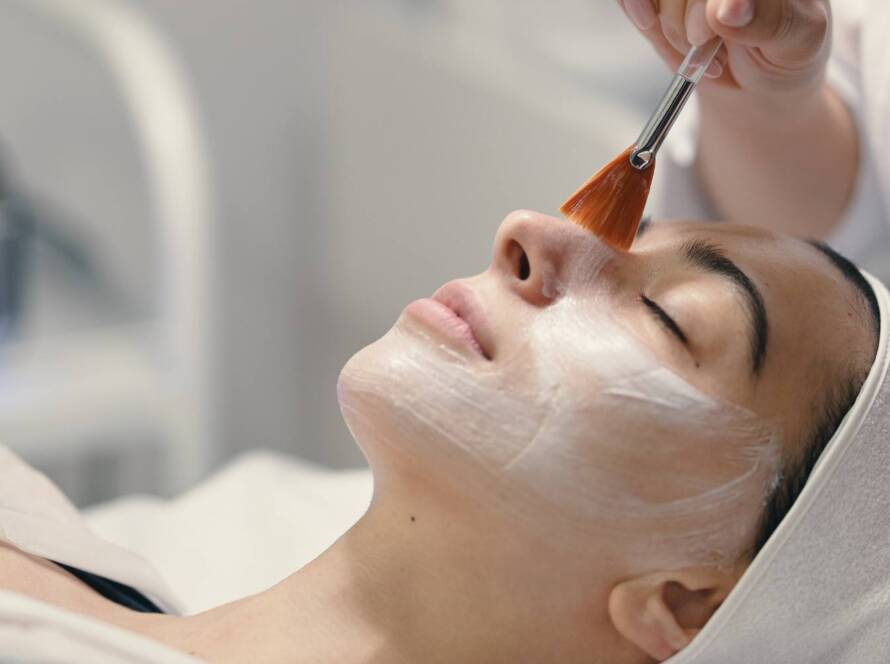Table of Contents
The Truth About Blackheads
You know those small, dark spots that seem to appear out of nowhere on your nose, chin, or forehead? Blackheads can be frustrating to deal with, especially when they keep coming back despite your best efforts. What causes blackheads to form in the first place? Understanding the root causes of blackheads is the first step toward effectively preventing and treating them.
Blackheads occur when your pores become clogged with excess oil, dead skin cells, and other debris. Unlike other types of acne, the top of the pore remains open, allowing oxygen to interact with the trapped material and turn it dark – hence the name “blackheads.” These aren’t dirt spots as many believe, but rather the result of oxidation, similar to how an apple turns brown when exposed to air.
What Causes Blackheads: The Science Behind Those Dark Spots
Excess Sebum Production
Your skin naturally produces an oil called sebum that helps keep it moisturized and protected. However, when your sebaceous glands produce too much sebum, it can accumulate in your pores and contribute to blackhead formation. Several factors can trigger excess sebum production:
- Hormonal changes during puberty, menstruation, or pregnancy
- Stress, which can trigger hormone fluctuations
- Certain medications that affect hormone levels
- Genetics, as some people naturally produce more sebum
Your forehead, nose, and chin (collectively known as the T-zone) contain more oil glands than other parts of your face, which is why blackheads frequently appear in these areas.
Dead Skin Cell Buildup
Your skin is constantly shedding dead cells as new ones form. Normally, these dead cells are sloughed away naturally. However, sometimes they don’t shed properly and instead accumulate on the surface of your skin or inside your pores.
When dead skin cells mix with excess sebum, they can create a plug that blocks your pores. This buildup is one of the primary causes of blackheads. Factors that contribute to dead skin cell buildup include:
- Infrequent or improper cleansing
- Not exfoliating regularly
- Dry skin conditions
- Natural aging, as cell turnover slows down with age
Bacteria Proliferation
While bacteria aren’t directly responsible for blackheads, they can play a role in their development. P. acnes (Propionibacterium acnes) is a type of bacteria that naturally lives on your skin. When trapped inside a pore with sebum and dead skin cells, these bacteria can multiply rapidly, potentially worsening the blockage and causing inflammation.
Hormonal Influences
Hormones significantly impact blackhead formation, particularly androgens like testosterone. These hormones stimulate your sebaceous glands to produce more oil, especially during puberty, which explains why teenagers often struggle with blackheads and other forms of acne.
Women might notice more blackheads during certain times of their menstrual cycle or during pregnancy due to hormonal fluctuations. Conditions like polycystic ovary syndrome (PCOS) that affect hormone levels can also increase blackhead formation.
Environmental Factors
Your environment can contribute to blackhead development as well:
- Air pollution can deposit particles on your skin that mix with sebum
- High humidity can increase sweat production, potentially worsening pore blockage
- Excessive sun exposure can lead to thickened skin cells that are more likely to clog pores
Cosmetic Products
Not all skin care and makeup products are created equal. Products that contain comedogenic ingredients (substances that tend to clog pores) can significantly increase your risk of developing blackheads. Common comedogenic ingredients include:
- Certain oils like coconut oil, palm oil, and wheat germ oil
- Butters like cocoa butter
- Some synthetic ingredients like isopropyl myristate and laureth-4
- Certain waxes used in makeup and skincare products
Always look for products labeled “non-comedogenic” if you’re prone to blackheads.
Preventing Blackheads: Your Action Plan
Now that you understand what causes blackheads, you can take targeted steps to prevent them:
Establish a Consistent Cleansing Routine
Wash your face twice daily with a gentle cleanser that contains salicylic acid or benzoyl peroxide. These ingredients help dissolve oil and remove dead skin cells that can clog pores. Avoid harsh soaps or cleansers that can strip your skin of its natural oils, as this might trigger increased oil production.
Exfoliate Regularly (But Gently)
Regular exfoliation helps remove dead skin cells before they can clog your pores. Choose a gentle chemical exfoliant with ingredients like salicylic acid, glycolic acid, or lactic acid rather than harsh physical scrubs that can irritate your skin.
For most skin types, exfoliating 1-2 times per week is sufficient. Over-exfoliation can damage your skin barrier and potentially worsen blackheads by triggering inflammation.
Use Non-Comedogenic Products
Check labels on all your skincare and makeup products to ensure they’re labeled “non-comedogenic” or “won’t clog pores.” This doesn’t guarantee you won’t develop blackheads, but it reduces the risk.
Consider Retinoids
Topical retinoids are vitamin A derivatives that increase cell turnover and help prevent dead skin cells from clogging pores. They’re one of the most effective ingredients for preventing blackheads. You can find over-the-counter retinol products, or speak with a dermatologist about prescription-strength options.
Don’t Forget to Moisturize
It might seem counterintuitive, especially if you have oily skin, but moisturizing is crucial for blackhead prevention. When your skin is dehydrated, it may produce more oil to compensate, potentially worsening blackheads. Choose a lightweight, non-comedogenic moisturizer.
Keep Your Hands Off Your Face
Touching your face throughout the day transfers oils, dirt, and bacteria from your hands to your skin, potentially contributing to clogged pores. Be conscious of this habit and try to avoid touching your face unnecessarily.
Change Your Pillowcase Regularly
Oil, dead skin cells, and residual hair products can accumulate on your pillowcase and transfer to your skin while you sleep. Try changing your pillowcase at least once a week to prevent this buildup from contributing to blackheads.
When to See a Dermatologist
If your blackheads persist despite consistent home care, consider consulting a dermatologist. They can offer professional treatments such as:
- Chemical peels to remove the top layer of skin and unclog pores
- Extraction to physically remove blackheads
- Prescription-strength topical treatments
- Microdermabrasion to remove dead skin cells and surface debris
Final Thoughts: Taking Control of Your Skin
Understanding what causes blackheads is empowering because it allows you to take targeted actions to prevent them. Remember that consistency is key when it comes to skincare – it may take several weeks to see improvement after implementing changes to your routine.
Be patient with your skin, and remember that some factors contributing to blackheads, like genetics and hormones, may be beyond your control. Focus on the aspects you can influence, and don’t hesitate to seek professional advice if you’re struggling with persistent blackheads.
With the right knowledge and approach, you can significantly reduce blackheads and achieve clearer, healthier-looking skin.




